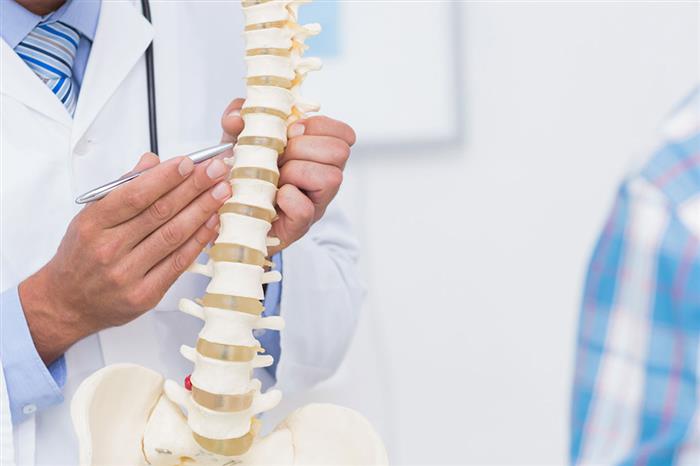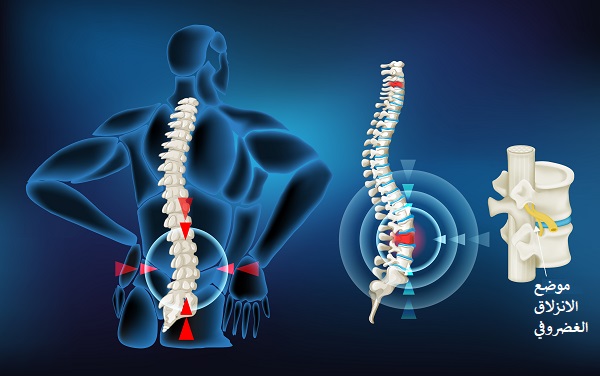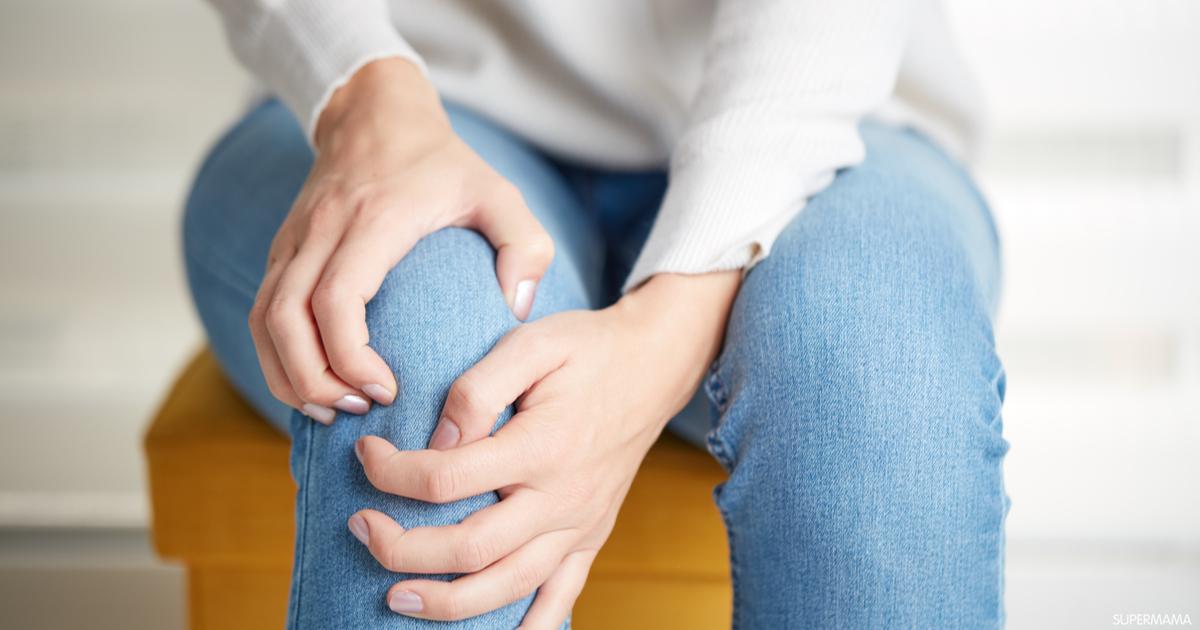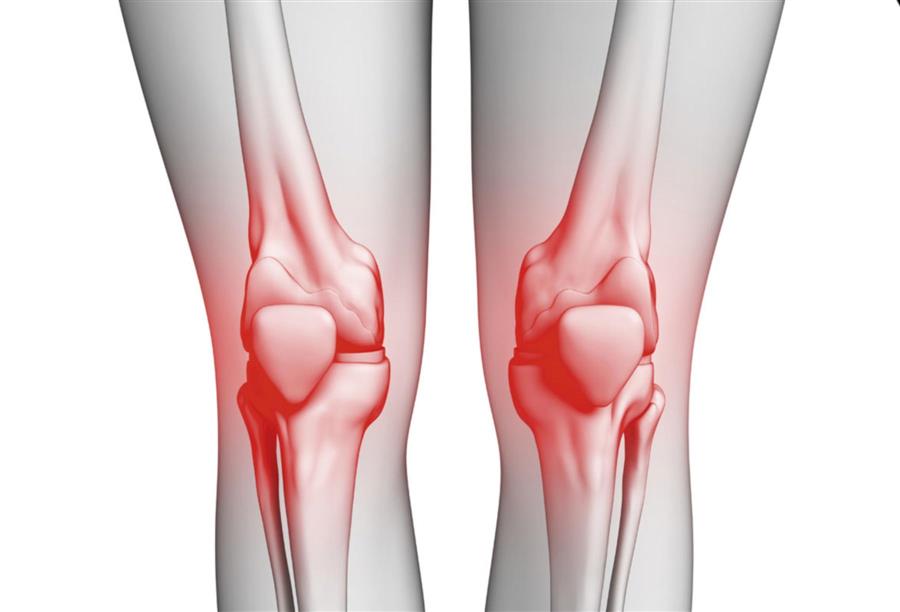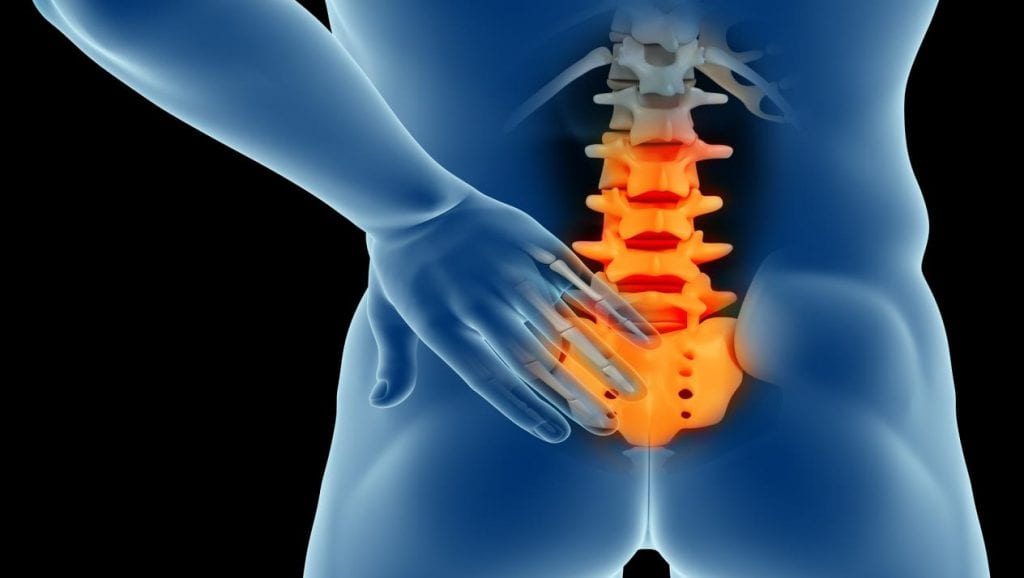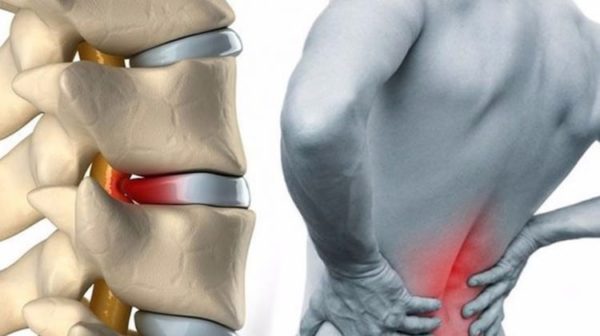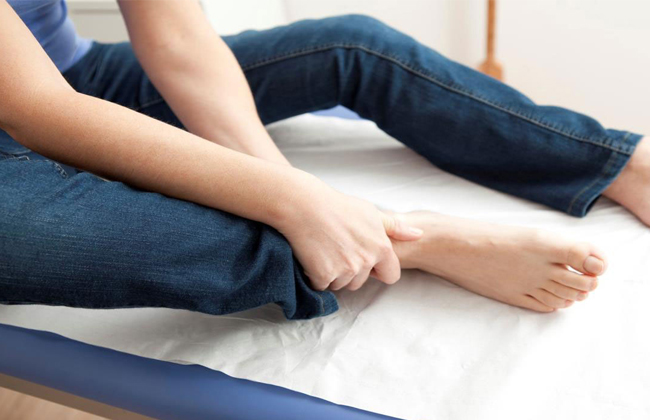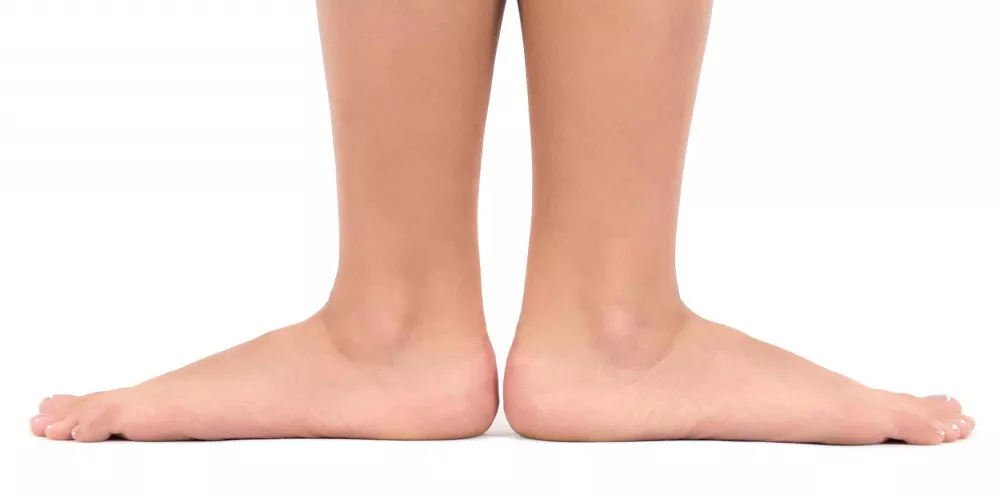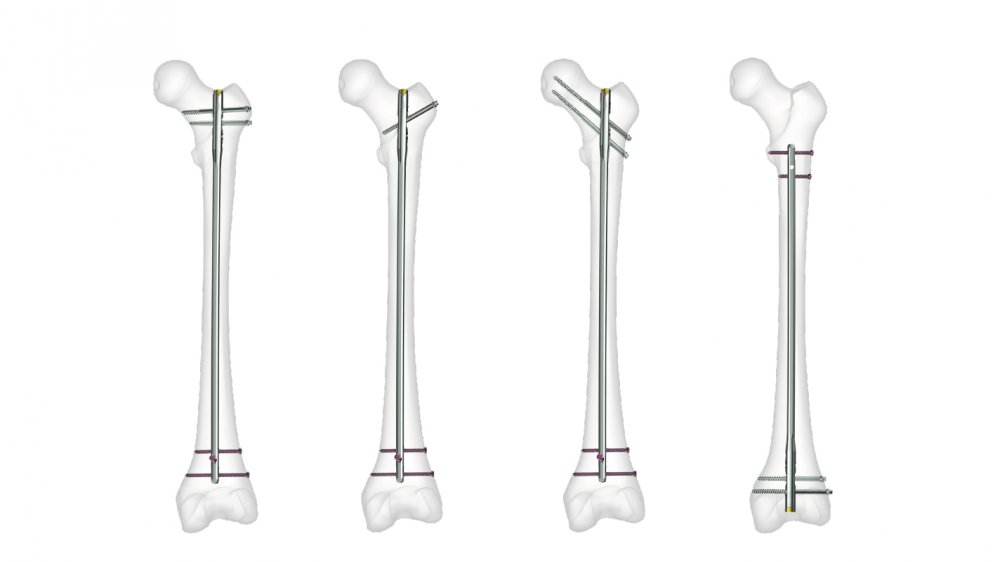Treatment of bursitis in the knee
There are bursa-like cysts present in the joints, and sometimes as a result of exposure to pathological conditions, they can be exposed to inflammation and show some symptoms. In the following article, we explain more details regarding cystic inflammation and its treatment methods.
Treatment of bursitis in the knee
Cystic inflammation or bursitis in the knee is one of the diseases that can affect the knee, and these bursa-like sacs in the knee can become inflamed, which affects its health and thus can make walking more difficult and the patient stops doing some of his activities.
Cystic inflammation can occur in more than one joint in the body, including the knee, which can affect the patient’s condition, and inflammation occurs through bags that act as cushions that reduce friction between the knee, and thus walking or climbing stairs is more difficult for the patient, and therefore he can stop doing some activities.
Symptoms of bursitis
There are symptoms that accompany the patient in the event of exposure to bursitis, which are as follows:
- The presence of pain in the joint.
- The appearance of redness on the knee.
- Swelling and swelling of the joint.
- There is soreness when touching.
Causes of cystic inflammation (bursa)
The knee can be exposed to bursitis for several reasons, including the following:
- Inflammation can occur as a result of lifting heavy objects.
- The kneeling position can affect the injury if people have a job that calls for it.
- Having a knee infection can affect the bursa.
- Advanced age, especially between the ages of 40 to 60 years.
- Exposure to other diseases, including gout or diabetes.
How can cystic disease be treated?
A person with cystic inflammation can use a number of steps for treatment, which are:
- Get some rest.
- Use cold water compresses.
- Use of anti-inflammatories.
- Do appropriate exercises.
Treatment of synovial bursitis in the knee
A synovial cyst is a bag or bursa in the back around the knee joint, it is similar to a protrusion in the joint. It can start in small size and then multiply over time. It causes pain when walking, especially in the ligaments in the knee, and general weakness occurs in the knee.
There is more than one reason for a person to develop bursitis in the knee, including advancing age or overloading the knee, which exposes the person to pain, the presence of a wound in the knee tendon, or it is a result of degenerative arthritis.
What is the treatment for bursitis in the knee?
There is more than one treatment method that can be relied upon to improve the condition of a patient with synovial cystitis, the most important of which is to withdraw the fluid from the synovial cyst, which works to remove the fluid from the cyst and inject the affected part with anti-inflammatory and antibiotics so that the cyst does not appear again.
Synovial cyst removal surgery
One of the therapeutic procedures used also in the case of a synovial cyst in the knee is the surgical operation that improves the person’s condition, and there are two ways to perform this surgical procedure, including regular surgery or endoscopy, and the best for the patient is chosen according to his health condition.


